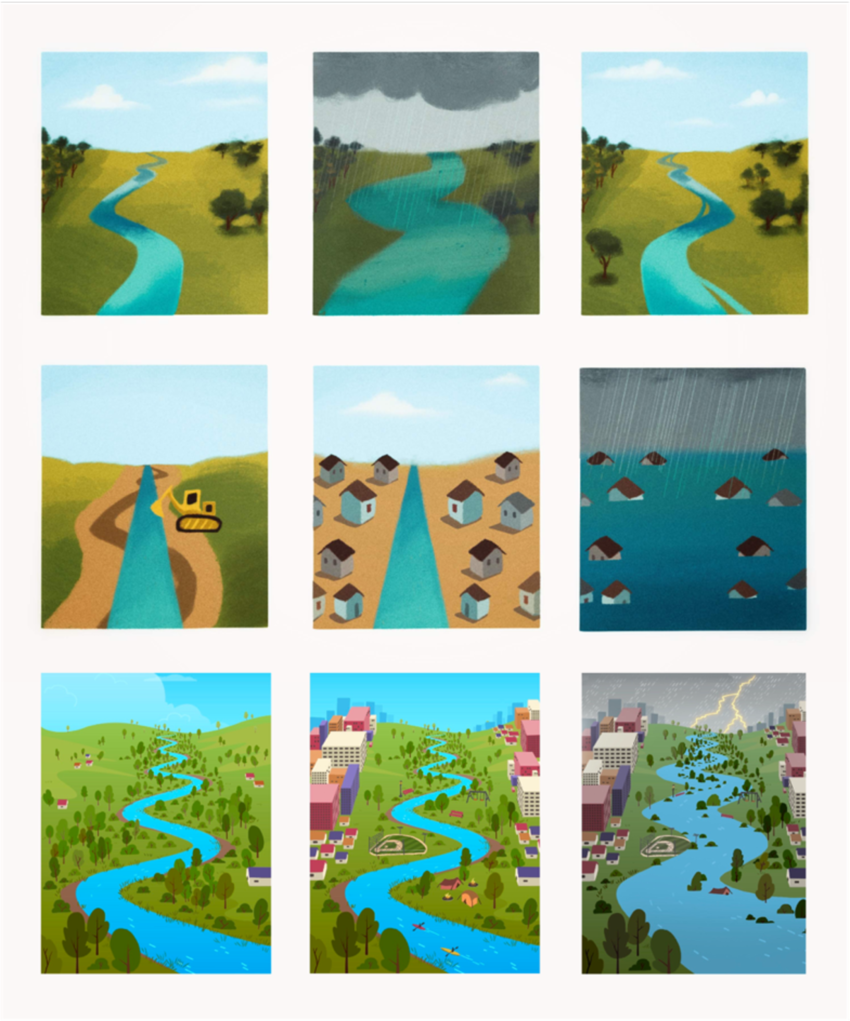"Resilience is 'the combination of resistance and recovery'—the ability of a system to maintain its state by withstanding disturbance or rapidly recovering from it."
The Three Rs of Ecosystem Survival: Resistance, Recovery, and Resilience in the Anthropocene
Posted: January 1, 2026

A paper authored by many members of the Critical Zone Collaborative Network Big Data Cluster and published by the Earth and Space Science Open Archive explores how, In a world of constant change and unforeseen disturbances, ecosystems endure and thrive.
As described in "Resistance, recovery, and resilience: rethinking the three Rs of survival in the Anthropocene" the answer lies in three critical properties: resistance, recovery, and resilience—collectively known as the "three Rs" of ecosystem survival. These concepts are pivotal across diverse fields, from behavioral psychology to planetary ecology, as they describe how complex systems persist in dynamic environments.
Resistance refers to an ecosystem's ability to withstand disturbances without significant alteration to its structure or functions.
Recovery is the speed and efficiency with which an ecosystem returns to its original state after being disturbed.
Resilience, as the authors define it, is "the combination of resistance and recovery"—the overall capacity of a system to maintain its essential characteristics by either resisting change or bouncing back swiftly.
The authors propose redefining disturbances into two categories: functional disturbances, which impact short-term processes, and structural disturbances, which affect the foundational components or "state factors" of ecosystem development.
This distinction helps in better predicting and enhancing ecosystem resilience.
The authors note that "humans have become dominant drivers of many ecosystem processes" here in the Anthropocene Era. This shift means that an ecosystem's resilience is no longer just an inherent attribute but is now deeply connected to humanity's social, biological, chemical, and physical linkages.
Ecosystems today face multiple, overlapping disturbances, necessitating a multidimensional resilience approach. This method considers both the intricate web of ecosystem structures and the regimes of disturbances they encounter. Ignoring the cultural and social dimensions can lead to undesirable outcomes, particularly in the context of intensifying socioecological crises.
To foster sustainable stewardship of our planet, it's crucial to cultivate reciprocal relationships with natural disturbance regimes and ecosystem structures. As the authors emphasize, this cultivation is "crucial to Earth stewardship in the Anthropocene." Embracing this holistic perspective not only strengthens ecosystem resilience but also aligns human activities with the Earth's capacity to support life in our ever-changing world.
Read "Resistance, recovery, and resilience: rethinking the three Rs of survival in the Anthropocene"

 Big Data
Big Data